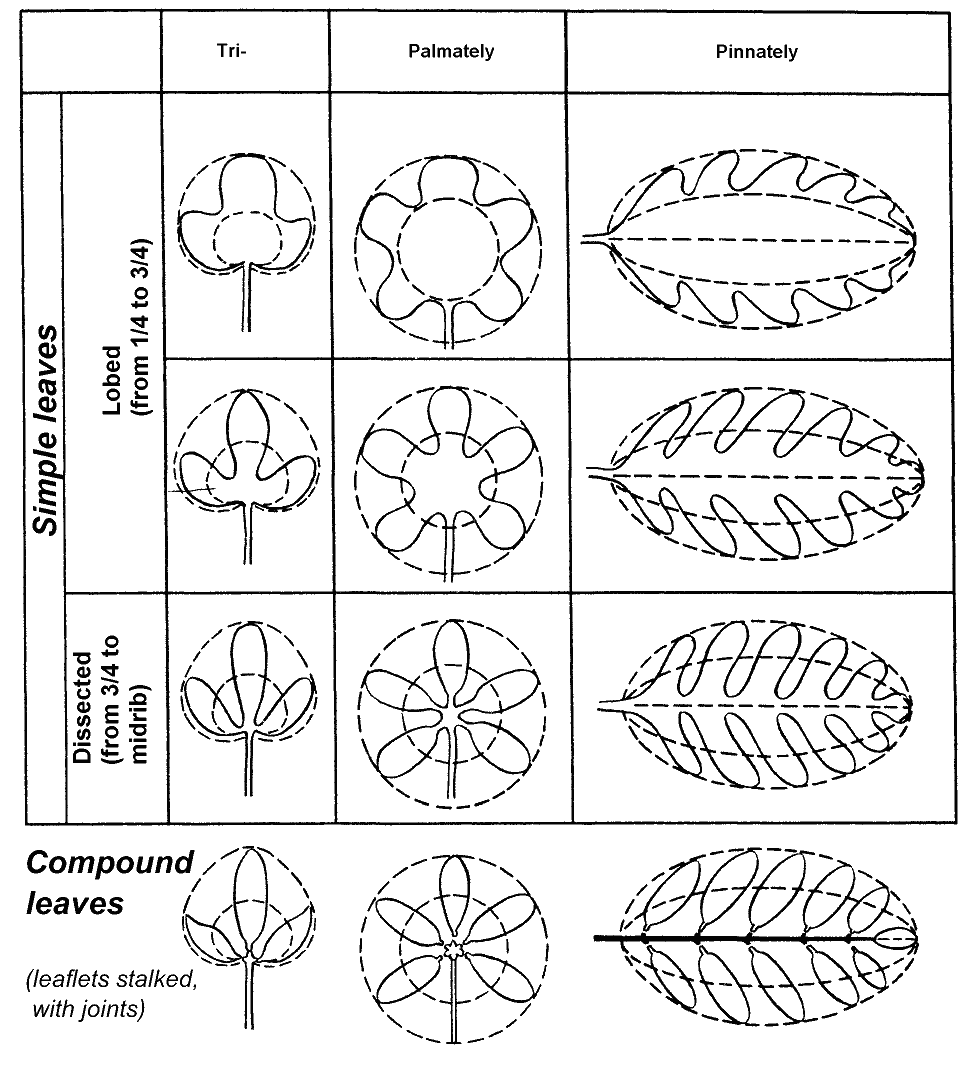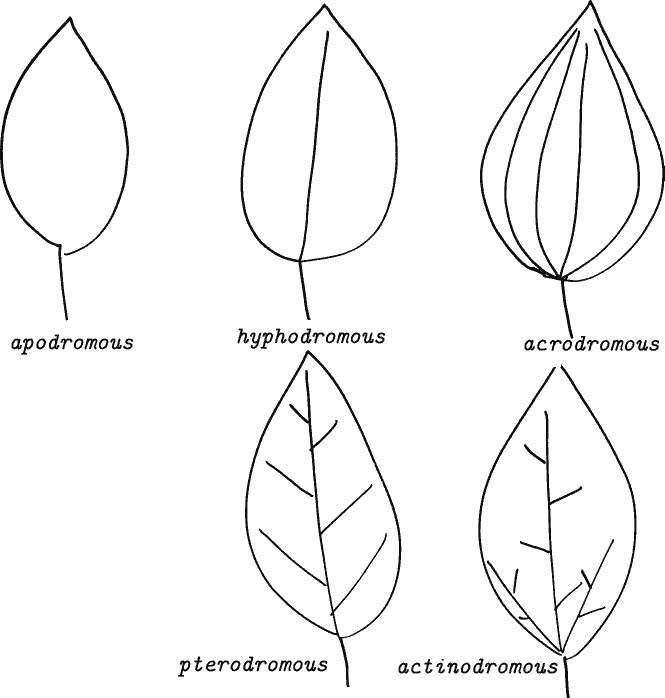11.1: Background
- Page ID
- 49717
Anyone with even a mild interest in studying organisms must be able to differentiate similar species from one another. This sounds easy, but can be very difficult since many species appear almost identical. The most common way of determining plant species is to use a descriptive or dichotomous key. The idea came from an 18th century French naturalist, Jean-Baptiste Lamarck. Legend has it that when Lamarck first demonstrated the key, he gave it to a random stranger. The stranger (some baker), who did not know much about plants, was able to determine plant species without trouble!
A key consists of a series of steps. Each step has 2 or more choices that systematically lead you to species identification. Flow charts are an example of a simplified dichotomous key.
How to make a key? The example is below:
- Phase 1.
-
Start with “players”. In this example, it will be three plants:
Alpha
Beta
Gamma
- Phase 2.
-
Assess descriptions of these three plants:
Alpha: Flowers red, petioles short, leaves whole, spines absent
Beta: Flowers red, petioles long, leaves whole, spines absent
Gamma: Flowers green, petioles short, leaves dissected, spines present
- Phase 3.
-
Start with a character which splits the list into two nearly equal groups. Then add other character(s). It is always good to use more characters!
1. Petioles long . . . . . . . . . . . . . . . . . . . . . . . . . . . . . . . . . . . . . . . . . . . . . . . . . . . . . . . . . . . . . . . . . . . . . . . . . . . . . . . Beta.
– Petioles short . . . . . . . . . . . . . . . . . . . . . . . . . . . . . . . . . . . . . . . . . . . . . . . . . . . . . . . . . . . . . . . . . . . . . . . . . . . . . . . . . 2.
2. Flowers red, leaves whole, spines absent . . . . . . . . . . . . . . . . . . . . . . . . . . . . . . . . . . . . . . . . . . . . . . . . . . . . . Alpha.
– Flowers green, leaves dissected, spines present . . . . . . . . . . . . . . . . . . . . . . . . . . . . . . . . . . . . . . . . . . . . . Gamma.
As you see here, key consists of steps. Every step has a number and two choices. Number is attached to the first choice whereas the second choice is marked with minus “–”. The choice will lead either to the name, or to another step.
To make a key, you will need plants, but you will also need to describe them. Today we will use leaf-related characteristics such as (1) arrangement, (2) position, (3) dissection, (4) shape, (5) bases, (6) tips, (7) margins and (8) venation.
Be careful! Even on same plant, leaves may be diverse. Always use the typical, average leaves. If all leaves are different, use the middle leaf from a main stem. Color is not a good character, especially for leaves of dried plants.
.png?revision=1)
.png?revision=1)






| Lateral veins\Main vein | No | One | Several |
| No | Apodromous | Hypho- | Acro- |
| Several | Acrodromous | Ptero- | Actino- |


